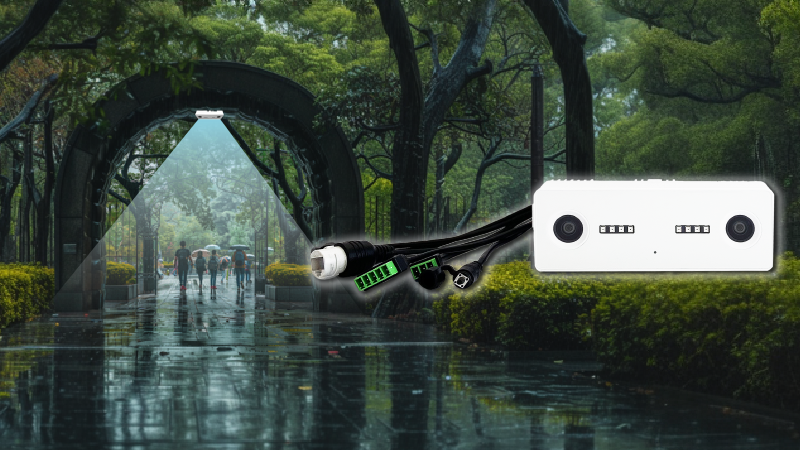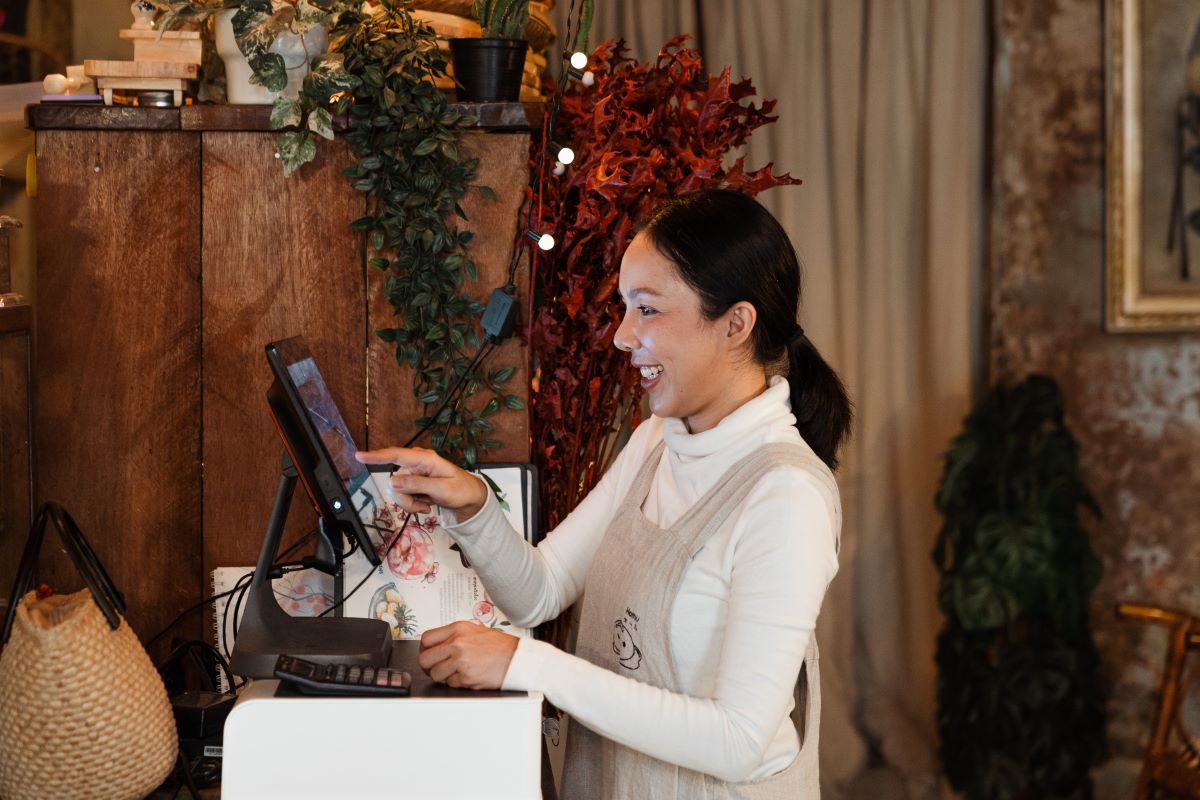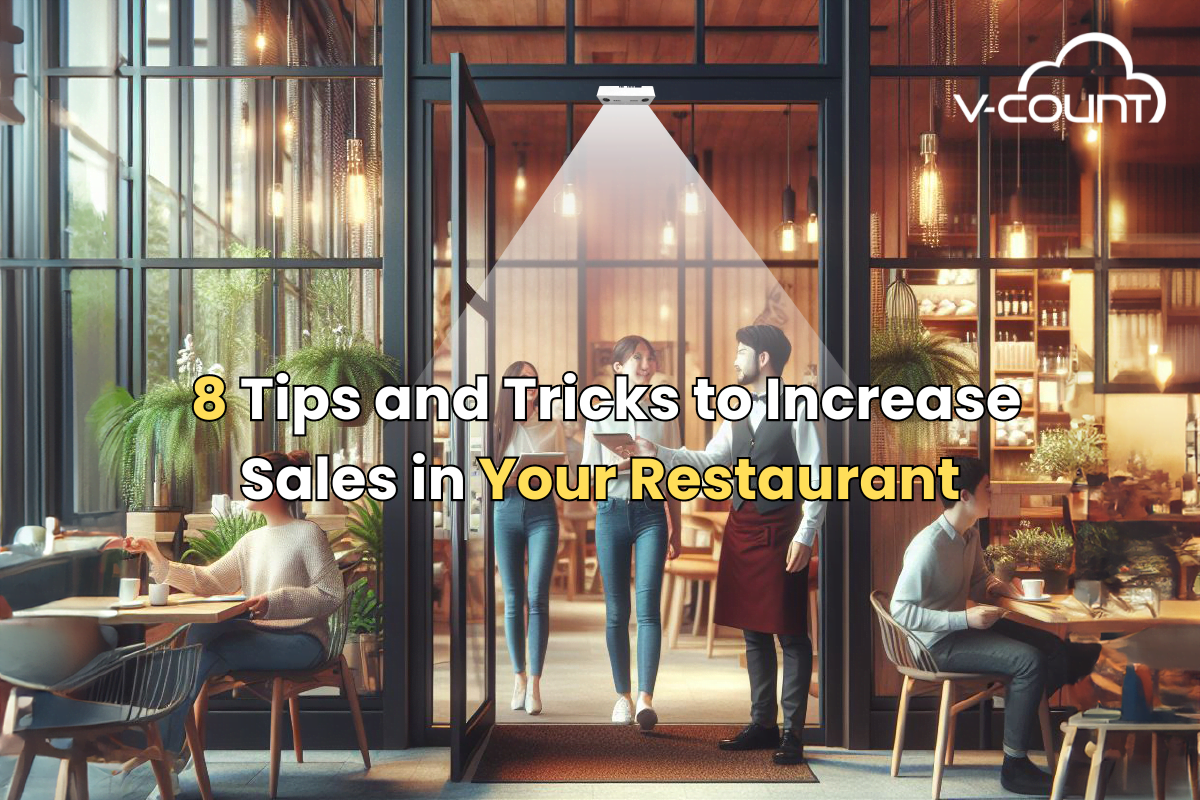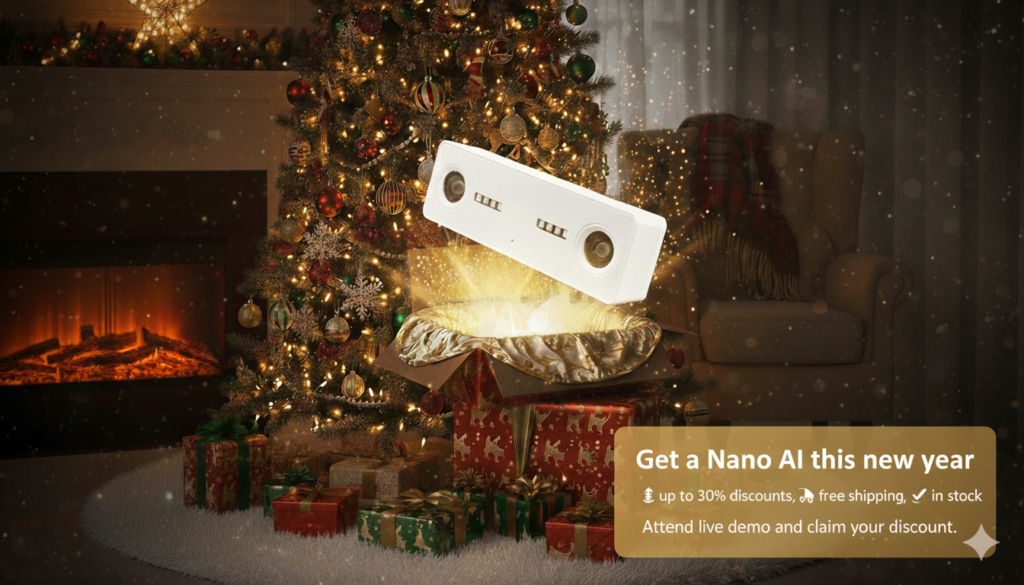 It is said that true consumer loyalty happens when the individuals feel empowered, noticed and appreciated. According to Julie Wittes Shlack and Ed Chao, the co-authors of Head vs. Heart. “Emotions drive behaviour; loyalty is generated when a brand makes a customer feel a certain way. According to a Gartner survey, “89% of companies expect to compete mostly on the basis of customer experience, versus 36% from 2012.” Moreover, the report predicts that “by the end of 2017, 50% of consumer product investments will be redirected to customer experience innovations.”
It is said that true consumer loyalty happens when the individuals feel empowered, noticed and appreciated. According to Julie Wittes Shlack and Ed Chao, the co-authors of Head vs. Heart. “Emotions drive behaviour; loyalty is generated when a brand makes a customer feel a certain way. According to a Gartner survey, “89% of companies expect to compete mostly on the basis of customer experience, versus 36% from 2012.” Moreover, the report predicts that “by the end of 2017, 50% of consumer product investments will be redirected to customer experience innovations.”
One of the main challenges in the digital marketplace is to observe and measure consumer satisfaction. In other words, brands cannot see their consumers smile when placing an order. For traditional brick and mortar retailers, the challenge lies in providing a tailored experience for their visitors. Pop up stores, on the other hand, can be viewed as a hybrid in between the two. It directs a targeted message to visitors and allows them to experience the brand with a memorable story. Below are some examples of how people counting technology benefits the pop-up store.
Understand Draw-In Rates and Conversion
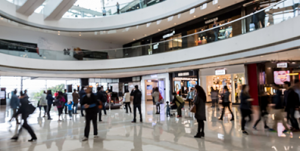 By installing people counting technology, pop up stores are able to thoroughly measure the physical foot traffic. People counters can be embedded with Wi-Fi technology to understand the draw-in rate. By placing a device at the entrance, brands can track the number of visitors passing by versus those who entered the store.
By installing people counting technology, pop up stores are able to thoroughly measure the physical foot traffic. People counters can be embedded with Wi-Fi technology to understand the draw-in rate. By placing a device at the entrance, brands can track the number of visitors passing by versus those who entered the store.
Secondly, people counters can depict conversion rates in regards to the amount of visitors entering the store versus those who walked out with an ideal “action”. If the objective was sales, brands can cross reference the traffic data with sales during various time periods. Conversion rates can also be measured based on data capture and membership sign up as well.
Optimize Your Whole Store.. From The Customer’s Point of View
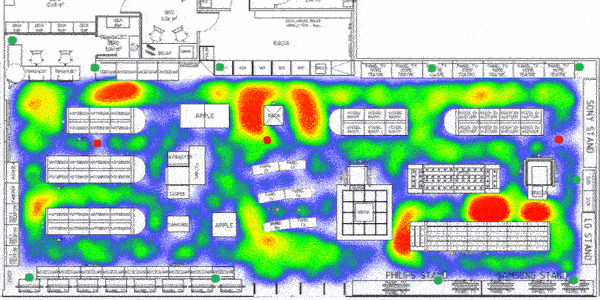 Many digitally native brands use the pop up store to test a product, a concept or even explore the possibility to open a brick and mortar location. People counters depict data on “hot” and “cold” areas within the location through camera heatmap, which shows the pathways visitors take, whether they have been lingering on “prime real estate” such as the new launch areas or the product testing sections. People counters can also depict underlying issues in areas that are less visited, allowing merchandisers to optimize the store design and capitalize all spaces.
Many digitally native brands use the pop up store to test a product, a concept or even explore the possibility to open a brick and mortar location. People counters depict data on “hot” and “cold” areas within the location through camera heatmap, which shows the pathways visitors take, whether they have been lingering on “prime real estate” such as the new launch areas or the product testing sections. People counters can also depict underlying issues in areas that are less visited, allowing merchandisers to optimize the store design and capitalize all spaces.
In some cases, brands may notice that the new product line launch section is heavily visited but the sales data show otherwise. By cross referencing these scenarios with people counting data, marketers can draw data driven assumptions such as the product was engaging, however the pricing was too high. Or perhaps that shoppers were not able to find associates to assist them as staff rotation was poorly managed. People counters can help provide a well-rounded perspective at a real time basis. This empowers brands to understand, identify and optimize their operations.



